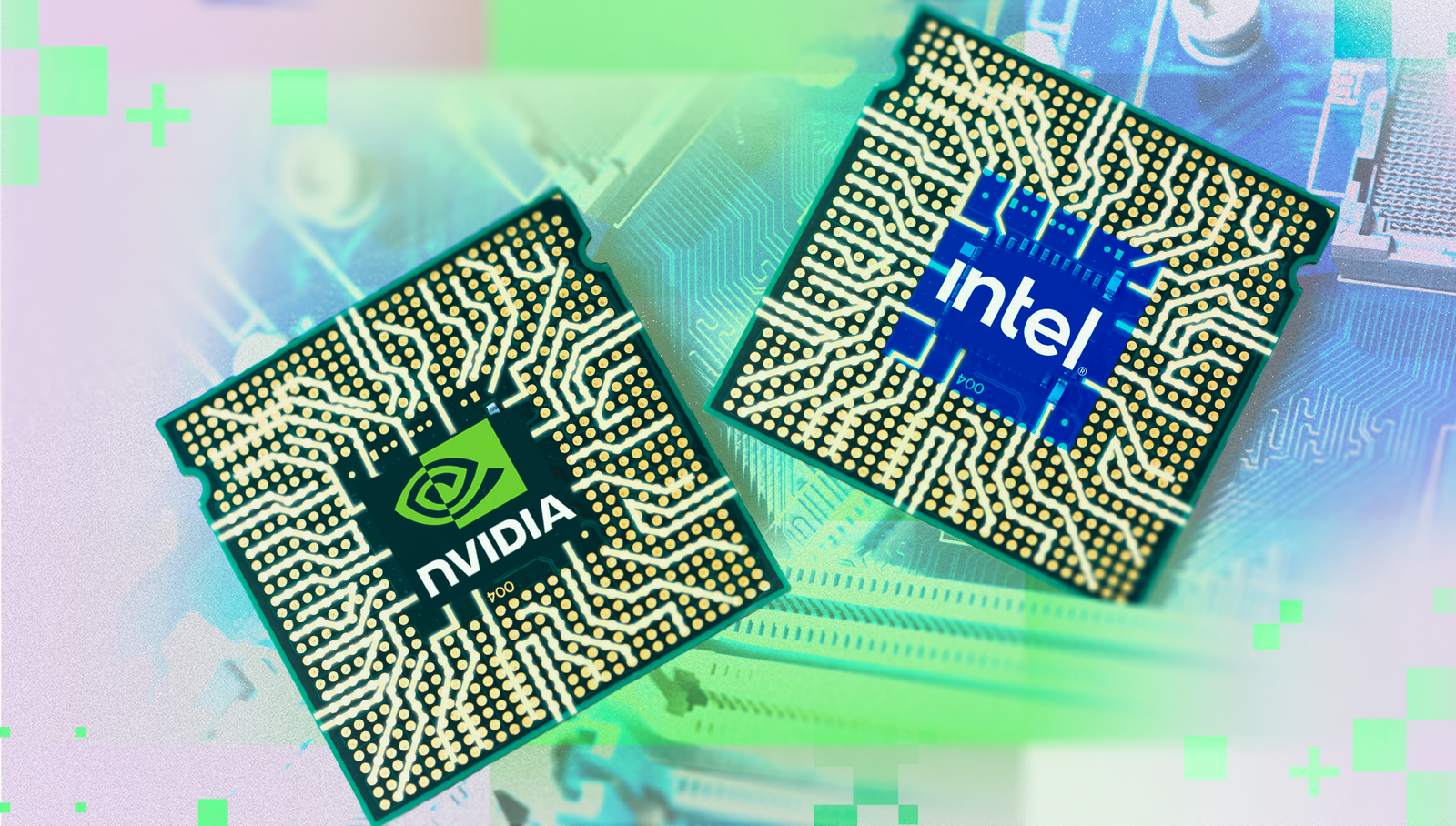In a groundbreaking move, Nvidia and Intel have announced a strategic partnership to co-develop x86 system-on-chip (SoC) products integrating Intel CPUs with Nvidia RTX GPUs. This collaboration aims to revolutionize gaming hardware by delivering unprecedented performance, efficiency, and innovation. Nvidia’s $5 billion investment in Intel underscores the significance of this alliance.
Introduction
The tech industry is abuzz with the recent announcement of a partnership between two of its most formidable players: Nvidia and Intel. Historically rivals in the CPU and GPU markets, their collaboration marks a significant shift in the landscape of gaming hardware. This article delves into the implications of the Nvidia–Intel SoC deal, exploring its potential impact on gaming performance, hardware design, and the broader tech ecosystem.
What Is the Nvidia–Intel SoC Deal?
The Nvidia–Intel SoC deal involves the co-development of x86 system-on-chip products that integrate Intel’s CPUs with Nvidia’s RTX GPUs. These chips aim to deliver high-performance computing solutions for both consumer PCs and data centers. Nvidia’s $5 billion investment in Intel at $23.28 per share further solidifies the partnership.
Why Is This Partnership Significant?
1. Unprecedented Integration
By combining Intel’s x86 CPUs with Nvidia’s RTX GPUs, the partnership aims to create a seamless integration that enhances performance and efficiency. This integration is expected to reduce latency and improve overall system responsiveness, particularly in gaming applications.
2. Enhanced AI Capabilities
The collaboration leverages Nvidia’s expertise in AI and accelerated computing, integrating these capabilities into Intel’s CPU architecture. This synergy is poised to advance AI workloads and high-performance computing, benefiting both gaming and data center applications.
3. Strategic Market Positioning
Nvidia’s investment in Intel not only strengthens their partnership but also positions both companies to better compete in the rapidly evolving tech landscape. This strategic alignment allows them to tap into emerging markets and address the growing demand for integrated computing solutions.
How Will This Affect Gaming Hardware?
1. Improved Performance
The integration of Intel CPUs with Nvidia RTX GPUs is expected to deliver superior performance in gaming applications. Gamers can anticipate higher frame rates, reduced load times, and enhanced graphical fidelity, leading to a more immersive gaming experience.
2. Compact and Efficient Designs
The development of custom SoCs allows for more compact and power-efficient gaming hardware. This advancement is particularly beneficial for mobile gaming devices and compact desktop systems, offering high performance without compromising on form factor.
3. Cost-Effective Solutions
By integrating CPU and GPU functionalities into a single chip, manufacturers can reduce production costs. These savings can potentially be passed on to consumers, making high-performance gaming hardware more accessible.

Potential Challenges
1. Market Competition
The Nvidia–Intel SoC deal may intensify competition in the gaming hardware market, particularly with AMD’s Ryzen and Radeon offerings. However, the unique integration of Nvidia’s GPUs with Intel’s CPUs could provide a distinct advantage.
2. Manufacturing Complexities
Developing custom SoCs requires advanced manufacturing processes and technologies. Ensuring consistent quality and scalability in production will be crucial for the success of this partnership.
3. Consumer Perception
As Nvidia and Intel have been long-standing competitors, consumer perception of this partnership may vary. Educating the market on the benefits of integrated solutions will be essential for widespread adoption.
FAQ
1. What are x86 system-on-chips?
x86 SoCs are integrated circuits that combine the CPU and other essential components into a single chip, based on the x86 instruction set architecture.
2. How will this partnership impact gaming performance?
The integration of Intel CPUs with Nvidia RTX GPUs aims to deliver superior gaming performance, with higher frame rates and enhanced graphical fidelity.
3. Will this lead to more affordable gaming hardware?
The development of custom SoCs can reduce production costs, potentially leading to more affordable gaming hardware for consumers.
4. What does Nvidia’s investment in Intel signify?
Nvidia’s $5 billion investment in Intel strengthens their partnership and positions both companies to better compete in the tech industry.
5. Are there any risks associated with this collaboration?
Potential risks include increased market competition, manufacturing complexities, and consumer perception challenges.
6. How will this affect AMD’s position in the market?
The Nvidia–Intel SoC deal may intensify competition with AMD, but the unique integration of Nvidia’s GPUs with Intel’s CPUs could provide a distinct advantage.
7. When can consumers expect to see products from this partnership?
The first consumer chips from this collaboration are expected to be released within the next year.
8. Will Intel continue its Arc GPU development?
Yes, Intel has reaffirmed its commitment to its Arc GPU project, ensuring continued development and offerings in GPUs.
9. How does this partnership impact AI workloads?
The collaboration integrates Nvidia’s AI capabilities into Intel’s CPU architecture, advancing AI workloads and high-performance computing.
10. What are the long-term implications of this deal?
In the long term, this partnership could reshape the gaming hardware landscape, leading to more integrated, efficient, and powerful computing solutions.
Conclusion
The Nvidia–Intel SoC deal represents a transformative moment in the tech industry, particularly in the realm of gaming hardware. By combining the strengths of both companies, this partnership is set to deliver innovative solutions that enhance gaming performance and efficiency. As consumers, we can anticipate a new era of integrated computing that offers powerful, compact, and cost-effective gaming hardware.
